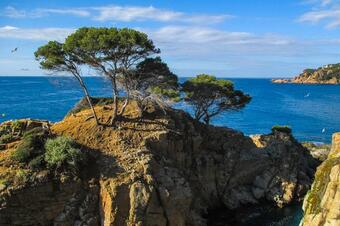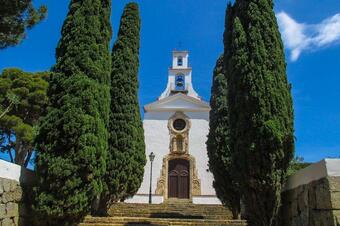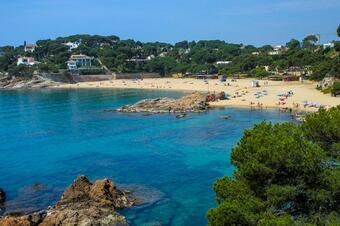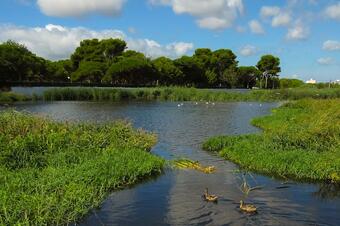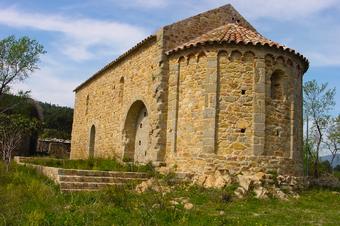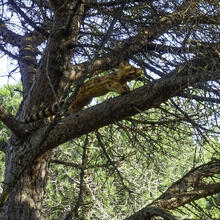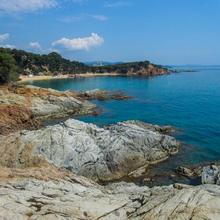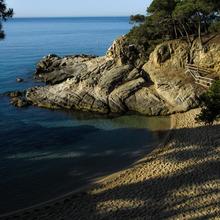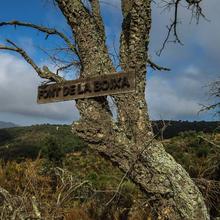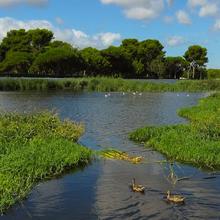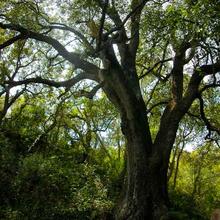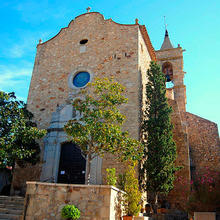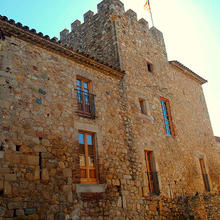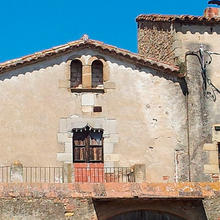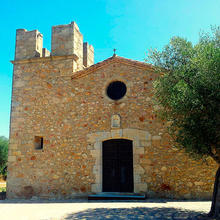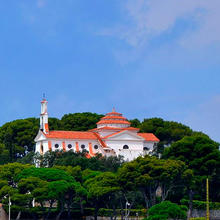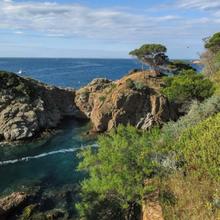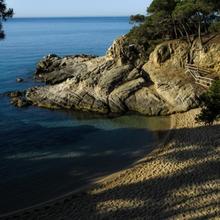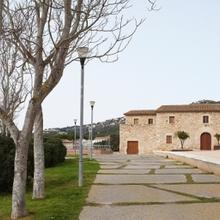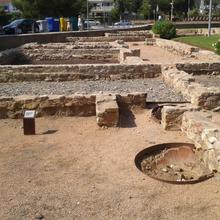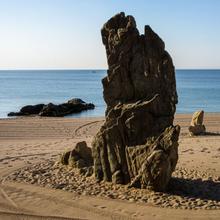Presentation
Between the medieval and the new nucleus
The present municipality of Castell-Platja d'Aro has undergone several administrative, demographic and economic transformations from the 19th century till today. Right now, the town is mainly devoted to tourist activity, has almost 11,000 inhabitants, about half of them establishing during the first two decades of the 21st century, mainly for the conversion of many second summer homes to main houses in addition to the arrival of immigration.
Traces of the first Neolithic and Chalcolithic settlements are known around the Aro Valley from 2500-2000 BC. Remains of grave tombs and several megalithic monuments are the testimonies of its presence: menhirs of Vallvanera, Terme de Belliu and Mas Ros, dolmen of the Cova dels Moros, etc.
From the Roman times, they left the remains of the Villa del Pla de Palol, always being a dispersed rural occupation, but with an economic activity, beyond the agricultural one, with respect to the extraction of clay for ceramics, exported by sea through the natural harbor that forms Cala Rovira.
After the Saracen occupation, from the 9th century, the repopulation of the area began with dispersed settlements of peasant nature. The current nucleus of Castell d'Aro is documented from the 11th century, where the castle of Benedormiens is already mentioned. Together with the old settlement of Fenals d'Amunt, it is at this time under the jurisdiction of the monastery’ abbot of Sant Feliu de Guíxols. Later, at least during the 14th century, one of the most important lineages in the area will be Llavià, with some royal influence and the abbey of the monastery of Sant Feliu de Guíxols.
In the 16th century, the settlement of Fenals de Baix is already documented, near the current tourist center of Platja d'Aro, and in the 17th century the royal battalia of Vall d'Aro was formed that covered beyond the extension of the current municipality, with Santa Cristina d'Aro and neighborhoods.
From 1858, after the batllia became a municipality, there was a segregation of Santa Cristina d'Aro, with Romanyà de la Selva and Solius, forming the two current municipalities.
During the first third of the 19th century, the nucleus of s'Agaró was born, next to Sant Feliu de Guíxols, a rather romantic and elitist precedent of what would later be, the most popular construction fever that ended up urbanizing, in the second half of the century, Platja d'Aro and the coves of its surroundings, which ended up being the “head” of the municipality in 1962 to the detriment of Castell d'Aro, the main nucleus until then. In 1995, the old town of Castell d'Aro, along with the historical urbanization of s'Agaró and Camí de Ronda, are officially declared Cultural Good of National Interest by the Generalitat of Catalonia.
Culturally, it is worth mentioning Platja d’Aro’s Carnival celebration and the Living Nativity scene in the center of Castell d'Aro. In October, Oktoberfest is also celebrated in Platja d'Aro, Germany’s beer festival at the start of autumn.
Contact telephones
Links of interest
Lloc web oficial amb tota la informació municipal de Castell-Platja d’Aro.
Lloc web oficial amb tota la informació municipal de Castell-Platja d’Aro.
Lloc web amb tota la informació turística i cultural del municipi de Castell-Platja d’Aro.
Lloc web amb la informació de les Vies Verdes de Girona. La que va de Girona a Sant Feliu de Guíxols passa per Castell d’Aro.
Lloc web amb tota la informació turística de la comarca del Baix Empordà.
Lloc web del Grup de Natura Sterna, entitat en pro de l’entorn natural de la vall d’Aro.



